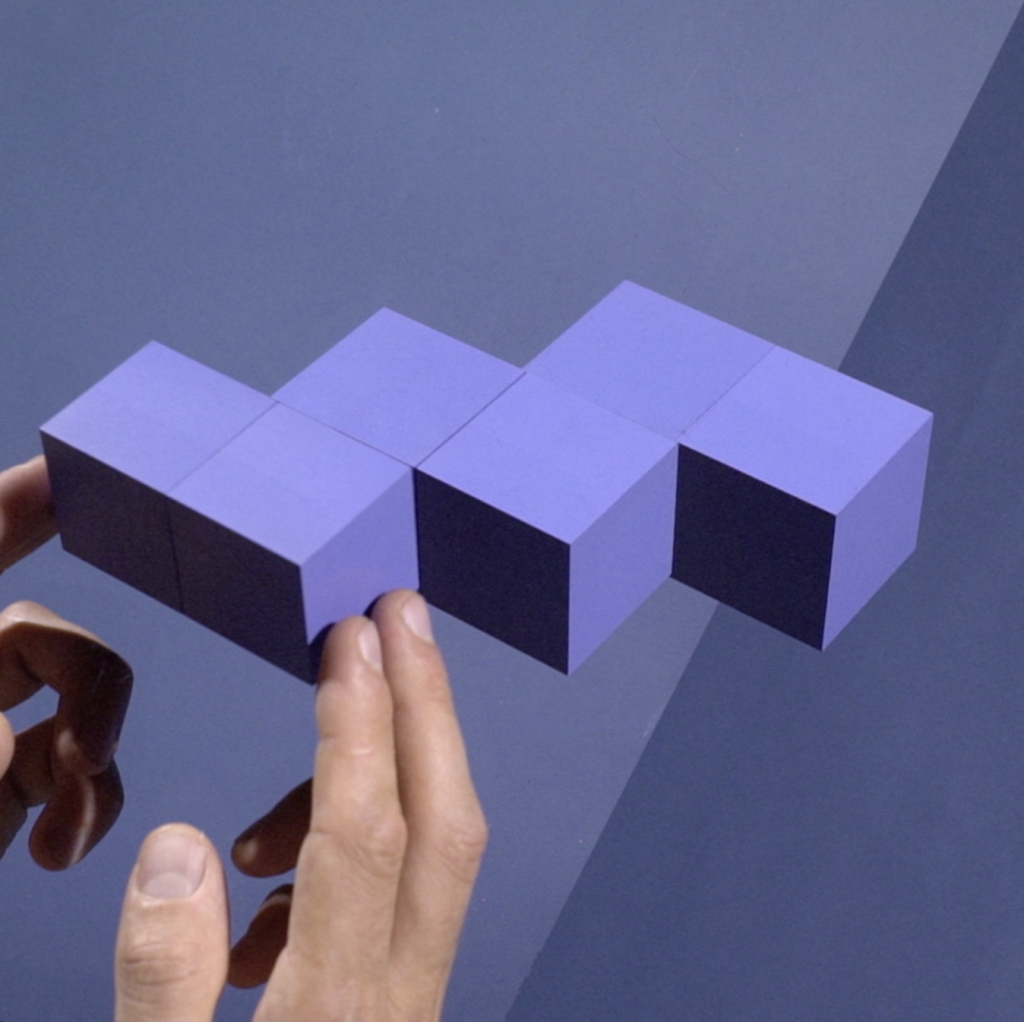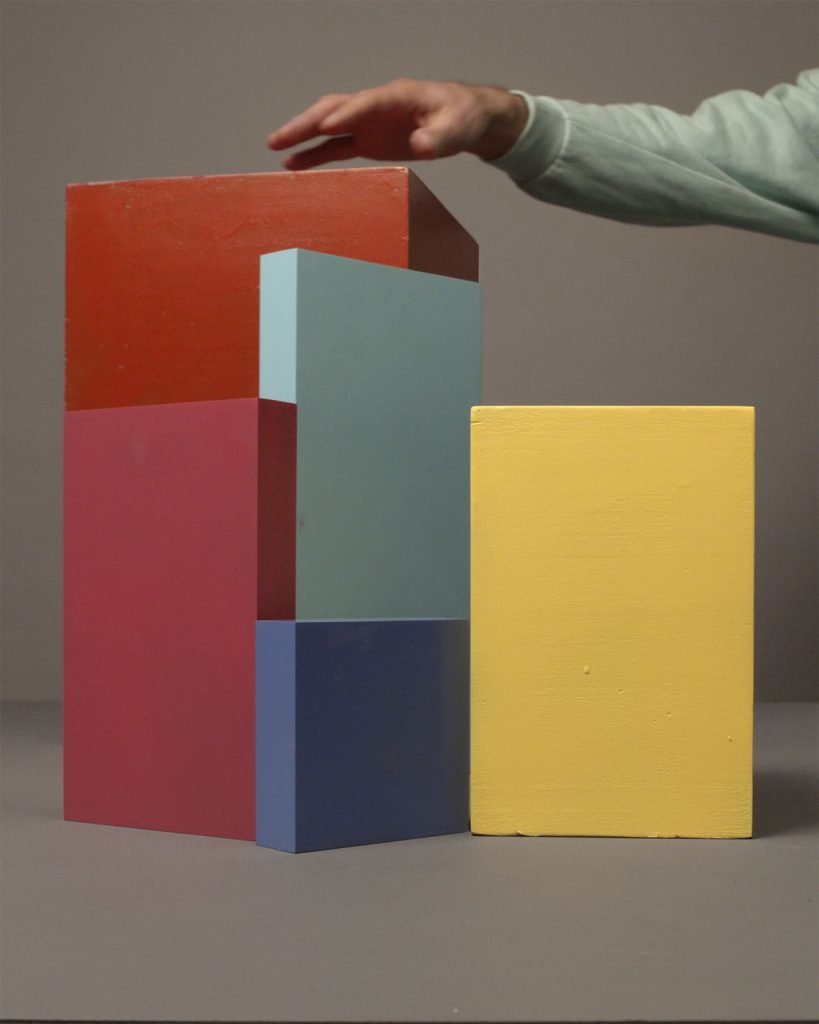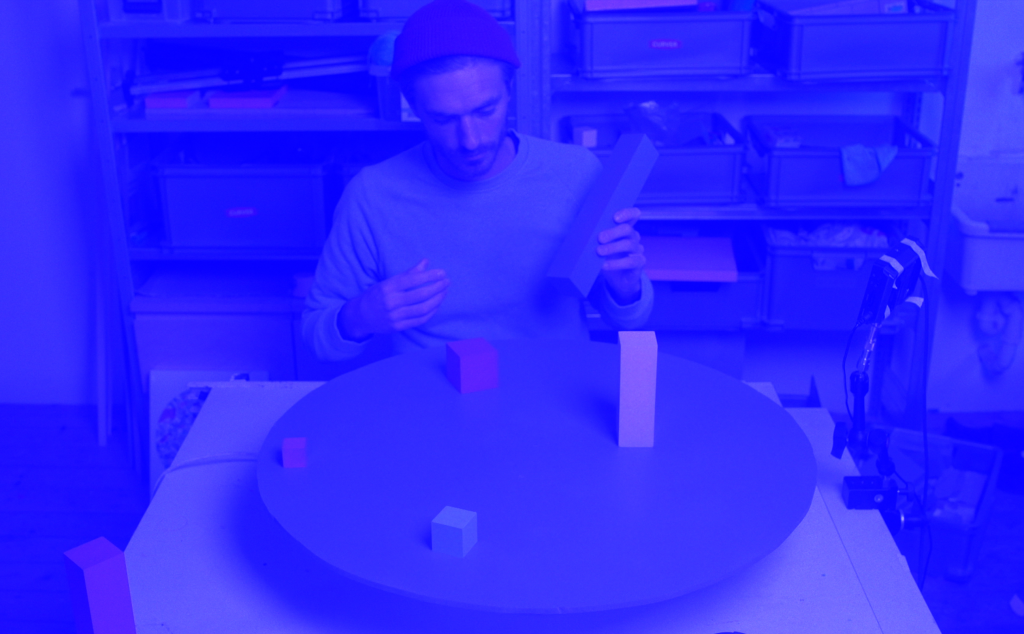How did it all start?
With graffiti, when I was 14. I sucked at it though. Got caught when I was 16. Had to pay a lot of money. Wasn’t fanatical enough to keep going, but I kept drawing.
That got me into art school, I wanted to become a classical animator back then. This was before mobile phones and computers btw. I had no digital experience whatsoever. But I got myself into animation classes. And then I saw some other people in my class, who were just far better drawers than me. Somehow drawing was always a bit of a struggle, and I realised it now. So I started to experiment with different ways of filmmaking. I started to make music videos and became part of a group called Nobody Beats the Drum. We combined electronic music with homemade visuals on stage. That’s where I learned myself more to become more of a ‘non-narrative’ filmmaker. I approached my visuals a bit like music. It didn’t have to have a story, it should just create a feeling. When we stopped the group, I got back to directing, but also started to rent a studio, along with a good friend of mine. This is where I found my space to slowly assemble an array of objects, lights and techniques to play with. I’m still renting that studio. It’s starting to feel smaller every day because it’s filled with all kinds of props that I collected over the years. But it works. It’s my little temple where I find my zen. And my demons. We all play together there.
How does technology influence your work?
It’s part of it, for sure. But I always start with something tactile. I have to be able to touch whatever ends up in my films. So the things in front of my lens are usually pretty old school, and mechanical at best. In some cases, there is a postproduction trajectory, where I’m fairly comfortable in. It depends though. Sometimes I want to keep it ‘in camera’, but After Effects is part of my playground as well. I like to learn new techniques, plugins, etc.

Where does your interest in optical illusion come from?
I think it started from wanting to create worlds where the laws of nature were a bit different. To create an abstraction or a detachment from our own world. But to do that, you have te work within the rules of physics that apply to our world. So I learned to use certain tools that fool the brain a bit. It’s amazingly easy to do that when you’re able to control the environment within the frame. I did it so many times now, that it became more of a visual language. I always try to find a balance between ‘trick’ and composition though. I want to create art. I don’t have to be a magician.

How do you approach your work?
With a coffee. always. Besides that. It’s about experimenting. My ideas and concepts are small, but the time that I invest in experimenting is extensive. I love to turn my camera on as soon as a have a vague idea. I Hook it up with a second screen, that I use as a mirror. And then I just start putting stuff in my frame. From there, things grow. I like the way that it’s going now. It’s pretty organic. I come up with something. Then I use that technique again, then someone asks me if I can make something like that, but different for them, then I make something applied, using techniques that I learned from experimenting. And from there, I go on making experiments with the things I’ve learned myself within that assignment. It all grows just by doing and trusting the process. And I love that feeling.

How do you determine that one of your works is finished?
It really depends on the project. A few years ago, I wanted things to be perfect. I would lock myself up for months working on a film or music video. But that got me so tired and socially awkward that I decided I wanted a different approach. I realised I had so many experiments on my hard drives that no one had ever seen. Because those experiments didn’t make the final video. So first, I just started to share bits and pieces of those clips. After that, I started to make experiments just for the sake of experimenting. And that became a visual language on its own. I tend to use a day as a time limit sometimes. When I want to make a short clip, it just has to be finished by the end of the day. That really helps. In the studio, I decide in time that whatever I’m shooting at that moment, is good enough. When I edit it, I do the same. And when I put it out, I usually do have some comments about the work myself, but I realise those points are part of the learning process. It shouldn’t be perfect. It should be the next step. Whatever I make. That releases me from so much unnecessary stress. It really came together spiritually since I started to use that way of working.

Discover more of Rogiers work on rogiervanderzwaag.com and on his IG @rogiervanderzwaag

